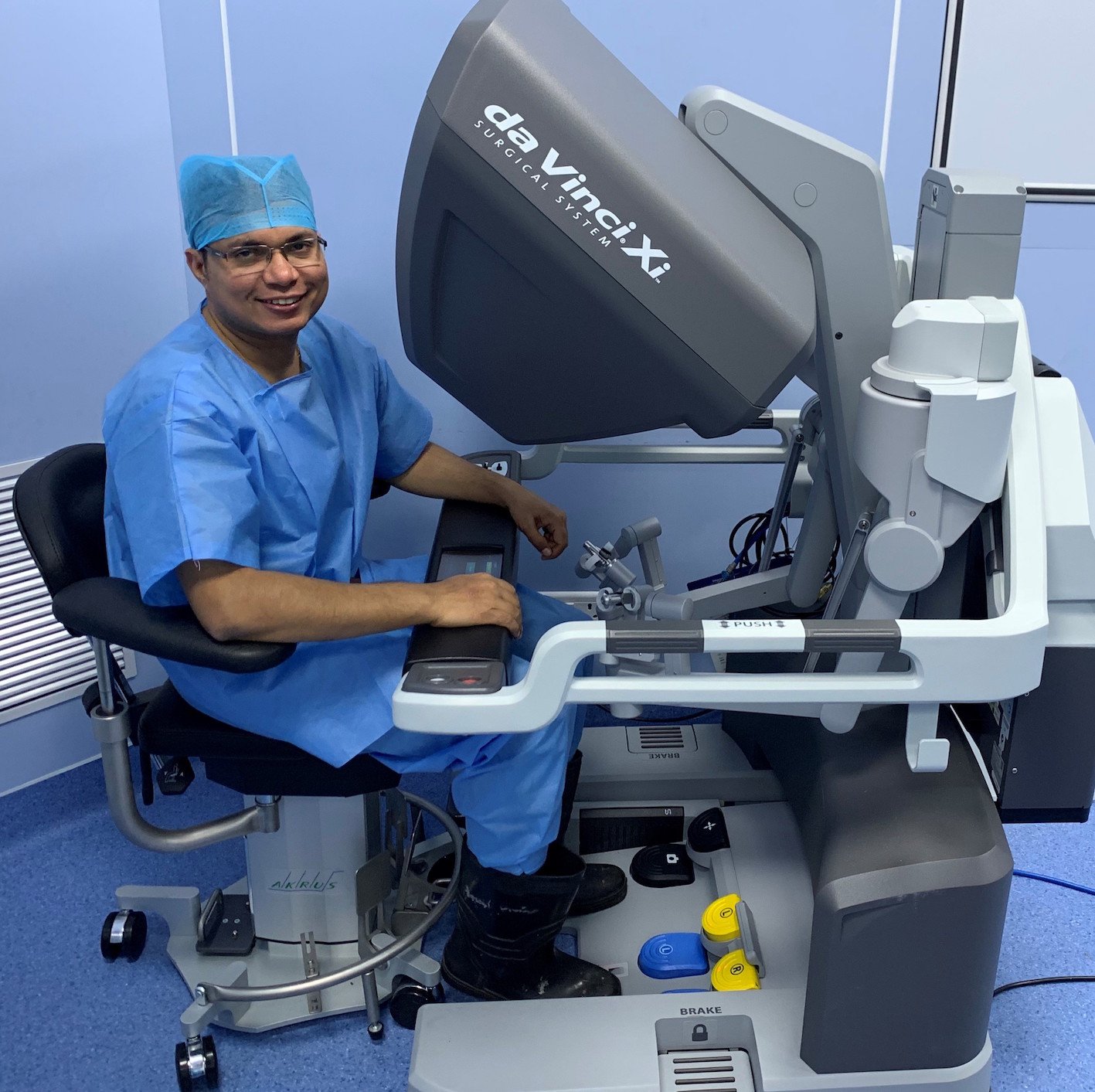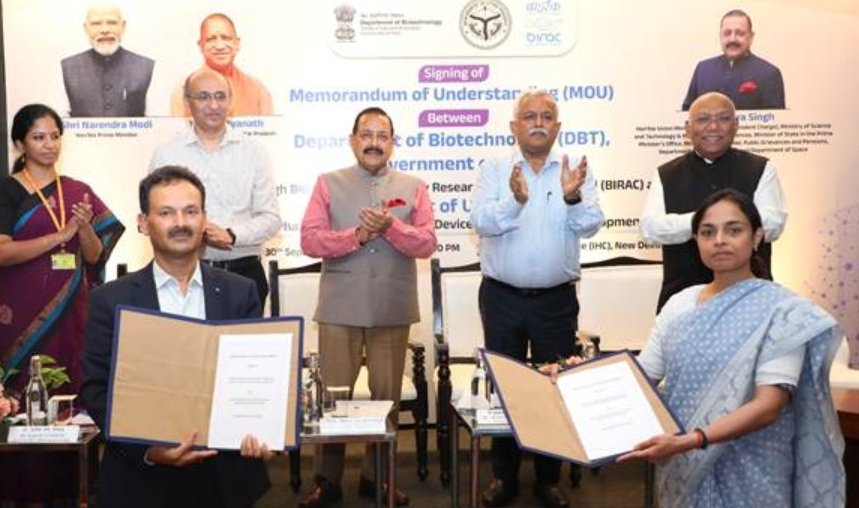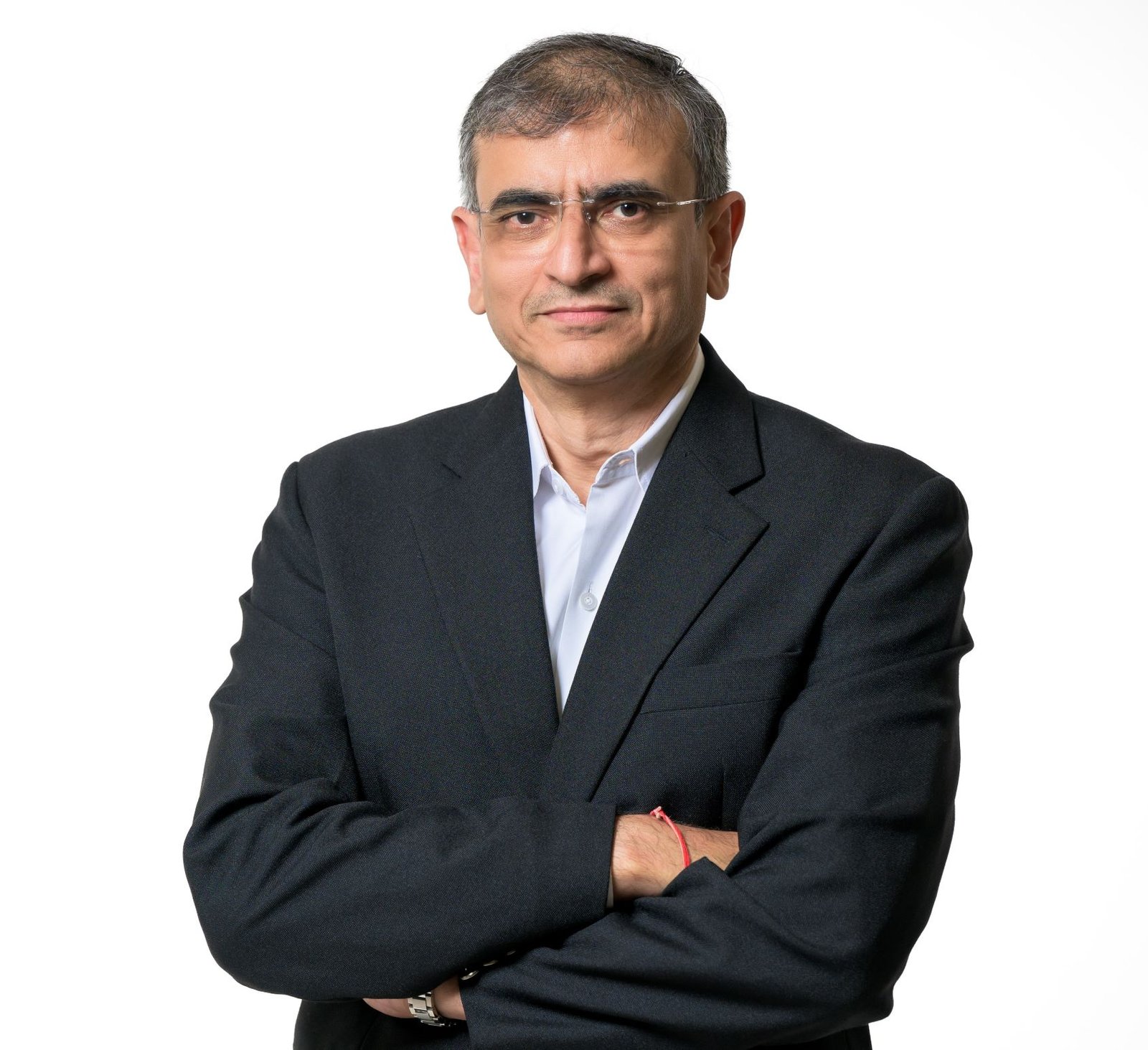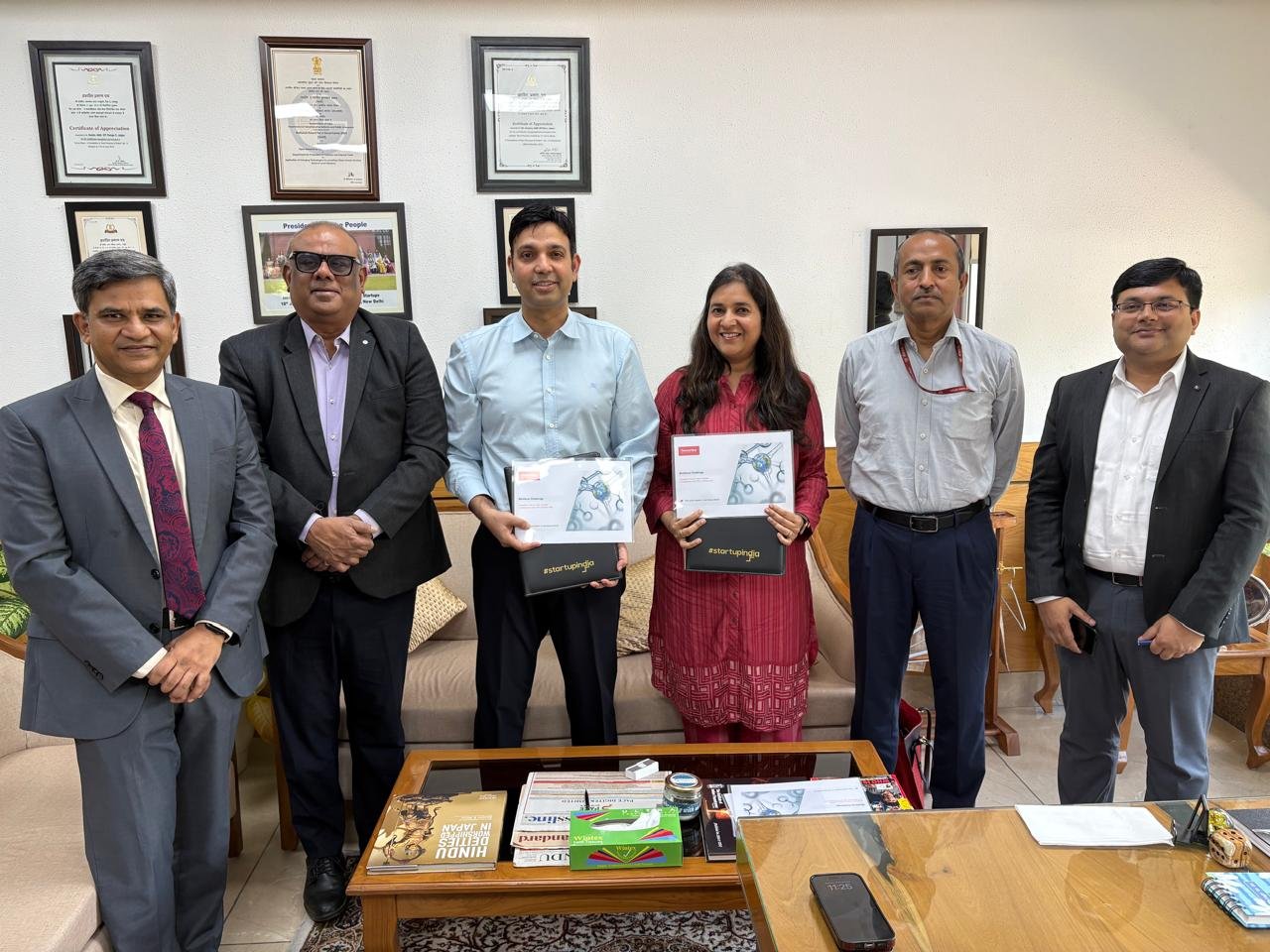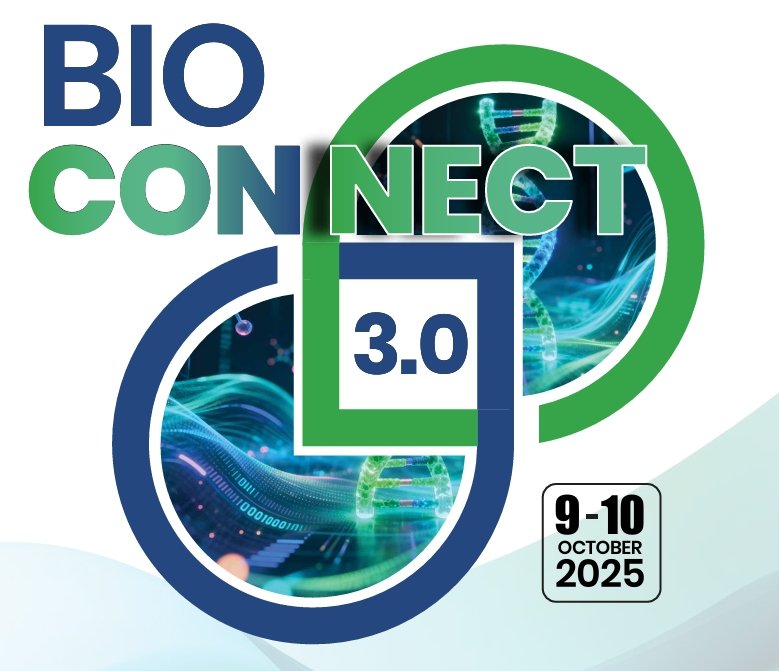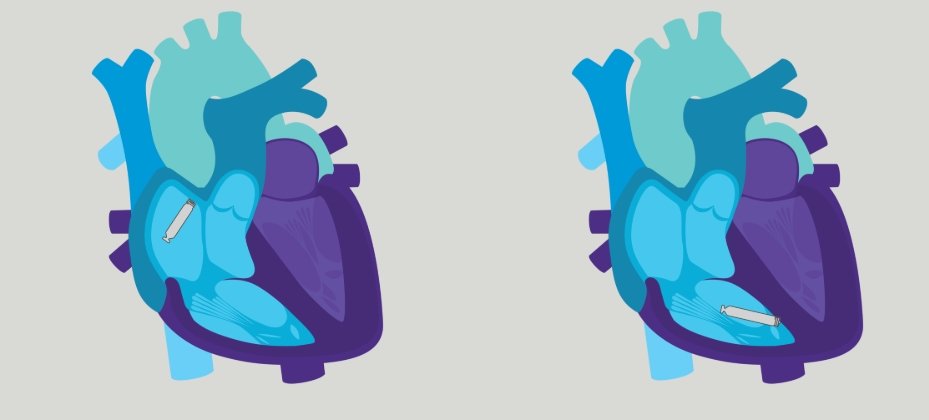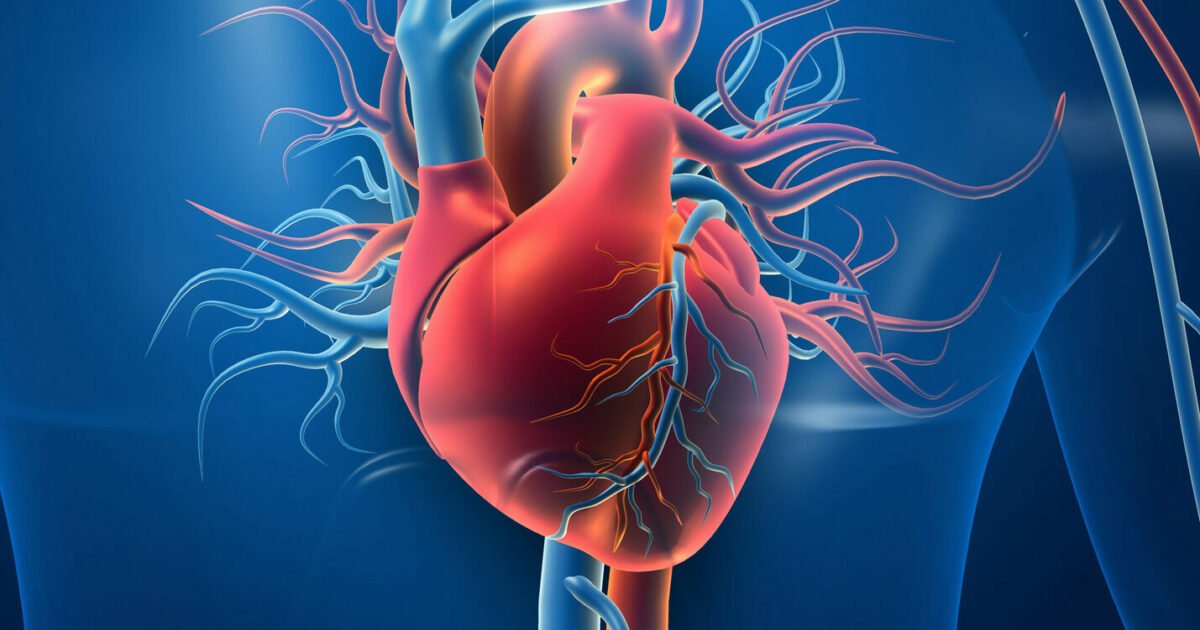Robotic assisted surgeries can help improve patient outcomes
May 12, 2020 | Tuesday | Views
The coming decades will demand smarter tools to manage patients to minimize recovery times
For a 52-year-old patient, life came to a standstill when he was diagnosed with prostate cancer. He knew that the disease management could come with side effects like trouble with urination, bowel problems and erectile dysfunction. When informed about the possibility of a robotic-assisted surgery (RAS) using the da Vinci surgical system, he was initially skeptical about undergoing the operation with a robotic- assisted approach, but chose to do so after hearing how it could potentially reduce the listed side- effects. After the robotic-assisted radical prostatectomy was conducted, he was discharged within 48 hours and resumed work in a week. Today, a few months after the robotic-assisted procedure, this patient is not only happy he chose this option but is also back to his fitness regime.
In 20 years of my practice, I have seen many patients like him recover within days after a robotic- assisted surgery. Robotics have proved to be beneficial in challenging or complex cases where a minimally invasive approach is either required or preferable, providing excellent functional and at par oncological outcomes. I can confidently say that in my experience, robotic-assisted surgery is an important and reliable tool for a number of surgical cases. Robotic-assisted surgeries are bringing an incomparable degree of precision to minimally invasive surgeries. In my experience, it can result in quicker recoveries, shorter hospital stays, low levels of blood loss and minimal scarring. Robotic-assisted surgical systems make some of the most complicated procedures simpler with 3-D vision, magnification, depth perception and 7 degrees of freedom, precise dissection, and can in some cases decrease my operating time.
A common myth associated with robotic-assisted surgeries is that they cannot be trusted as the robot controls the procedure. The surgeon is, of course, in control at all times – the robot is just a tool that the surgeon utilizes. Yet many patients are skeptical about the use of a machine over a surgeon’s hands. I would like to clarify that robotic-assisted surgery has been a part of medical science for over 20 years and the technology has only evolved over the years. Moreover, new generations of integrated systems as well as systems with single port capabilities that may be use in India someday have made robotic- assisted surgeries even more advanced.
Let us understand how they work. Take, for instance, a system like the da Vinci surgical system. It comes with four thin robotic arms inserted into strategically placed small incisions, which are 1-2 centimetres long. One arm holds the camera, the other three have surgical instruments attached. Seated at a special console, we (surgeons) can easily operate the robotic arms and the camera with joystick-like controls. A computer will translate the exact movements of the surgeon’s fingers into precise movements of the surgical tools. We operate it by sitting at a console unit, using hand and foot controls, with a 3D high definition visualization of the anatomy. This approach avoids the physical trauma of large incisions required by open surgical procedures.
Earlier in my surgical career, I used to conduct 2D and 3D laparoscopic surgeries for prostate, kidney and bladder cancers along with advanced reconstructive surgeries. Traditionally, we would use rigid instruments through an incision in the body and the visualization was through an endoscope. We were able to see the anatomy on an external screen. Unlike traditional laparoscopic instruments, robotic- assisted surgical tools can rotate 360 degrees, giving more flexibility than human wrist. At the same time, a HD vision system provides a perfect view of the surgical area.
We have come a long way since the first RAS procedure in India in 2002. Indian surgeons are now adopting it with over 70 installations of robotic-assisted surgical systems across the country. This number is expected to grow dramatically in the coming years with a growing interest in minimally invasive surgical options among patients. There was a time when laparoscopy was the gold standard in minimally invasive surgeries. Today, the da Vinci surgical system is not only enhancing our precision, but also flexibility and control during the operation in comparison to traditional techniques.
I am excited to be a part of the growth of robotic-assisted surgery in India. I personally have performed and assisted in more than 400 robotic-assisted surgeries throughout my career – I had the opportunity to train with leading robotic surgeons, such as Dr. Mani Menon at Henry Ford Hospital in Detroit and Dr. I.S. Gill at University of Southern California. Recently I was able to apply that training by starting the robotic-assisted surgery program at Safdarjung Hospital in Delhi with the goal of making it a world class robotic-assisted surgery centre that will positively impact the lives of Indian patients. So far, results have been promising - I have performed more than 120 cases in Safdarjung in less than six months with good clinical outcomes. Additionally, I have performed 500 robotic assisted surgeries during my clinical fellowship in Advanced Robotics in USA. At a time when India is striving hard to fight the perils of a disease like cancer, with one in every 10 Indians likely to develop cancer and one in every 15 is expected to die of the disease, according to a recent WHO report, we need advanced tools to address the disease burden.
We are living in times when India is making great economic progress, bringing with it socioeconomic changes with an increased risk of non-communicable diseases. The coming decades will demand smarter tools to manage patients to minimize recovery times, helping patients resume their normal life soon after the surgery. India must look to the future with technologies and techniques, like robotic-assisted surgery, that have thepotential to transform patient outcomes.
Dr Anup Kumar, Prof. & Head, Dept of Urology & Renal, VMMC & Safdarjung Hospital


